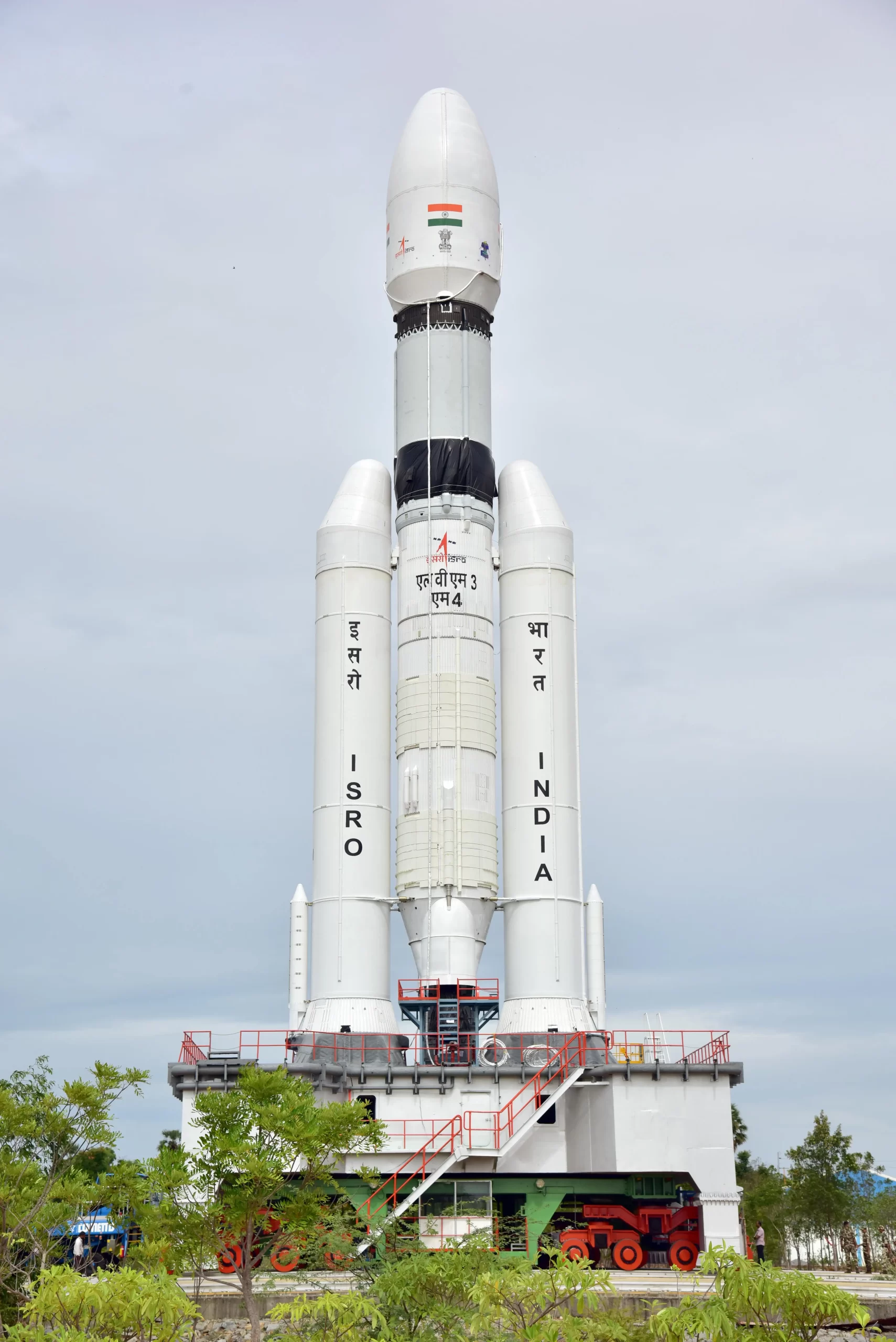Bengaluru, NFAPost: In an exciting announcement, the Indian Space Research Organisation (ISRO) revealed that its much-anticipated lunar mission, Chandrayaan-3, is scheduled for launch on July 14. The event will take place at the renowned spaceport in Sriharikota, Andhra Pradesh. The mission marks a significant milestone for ISRO as it will be carried out by their new heavy-lift launch vehicle, LVM-3.
ISRO took to Twitter to share the news, stating, “Announcing the launch of Chandrayaan-3: LVM3-M4/Chandrayaan-3 Mission: The launch is now scheduled for July 14, 2023, at 2:35 pm IST from SDSC (Satish Dhawan Space Centre), Sriharikota.”
Chandrayaan-3 holds excellent scientific promise, as it will be equipped with a range of instruments designed to study various aspects of the Moon. These include analyzing the thermophysical properties of the lunar regolith, studying lunar seismicity, investigating the lunar surface plasma environment, and determining the elemental composition near the landing site.
ISRO officials have categorized the scientific instruments on the lander and rover into two themes. The first theme, “Science of the Moon,” encompasses the mechanisms that align with the mission’s primary objectives. These instruments will help deepen our understanding of the Moon’s characteristics. On the other hand, an experimental instrument will observe and study the spectro-polarimetric signatures of the Earth from the lunar orbit, falling under the theme of “Science from the Moon.”
Earlier this year, the Chandrayaan-3 spacecraft completed crucial tests to ensure its resilience to the intense vibration and acoustic conditions it will experience during launch. These tests posed significant challenges due to the spacecraft’s composite structure consisting of three modules: propulsion, lander, and rover.
The propulsion module, equipped with the Spectro-polarimetry of Habitable Planet Earth (SHAPE) payload, will transport the lander and rover configuration until it reaches a distance of 100 km from the lunar orbit. The lander payloads include ‘Chandra’s Surface Thermophysical Experiment’ for thermal conductivity and temperature measurement, the ‘Instrument for Lunar Seismic Activity’ to monitor seismicity near the landing site, and the ‘Langmuir Probe’ to estimate plasma density and variations.
Additionally, the mission incorporates a passive Laser Retroreflector Array provided by the US space agency NASA, enabling lunar laser ranging studies. The rover payloads consist of an ‘Alpha Particle X-ray Spectrometer’ and ‘Laser-Induced Breakdown Spectroscopy’ for elemental composition analysis in the vicinity of the landing site.
The lander will possess the capability to softly land at a predetermined lunar site and deploy the rover, which will conduct in-situ chemical analysis of the lunar surface during its mobility.
The primary function of the propulsion module is to transport the lander module from the launch vehicle injection to its final destination: a circular polar orbit 100 km above the lunar surface. After reaching the desired orbit, the propulsion module will separate from the lander module.
Furthermore, the propulsion module includes an additional scientific payload as a value addition, which will be activated following the separation of the lander module.
ISRO’s upcoming Chandrayaan-3 mission promises to advance lunar research and expand our knowledge of the Moon. With its ambitious objectives and advanced scientific instruments, this mission marks another significant step for India’s space exploration endeavours.





